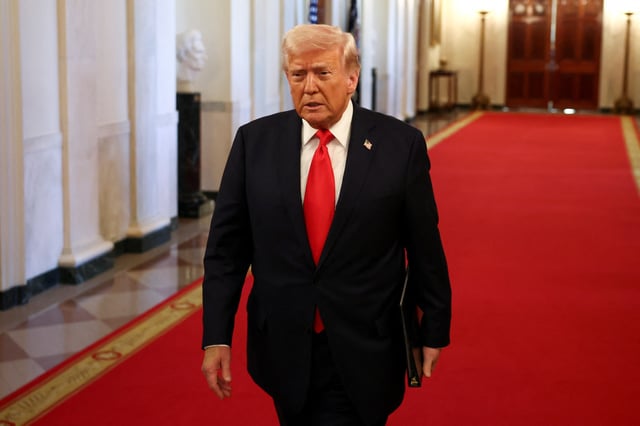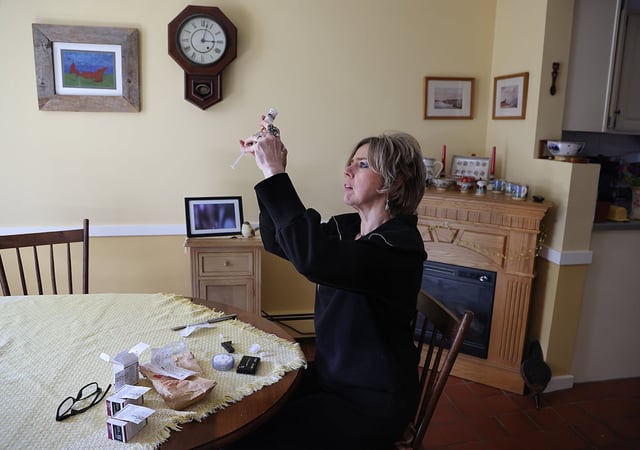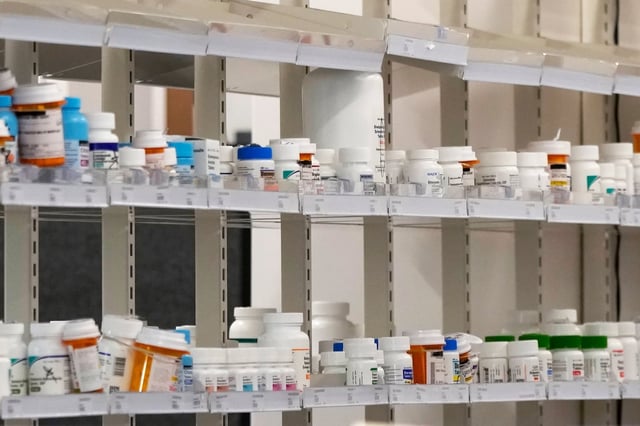Overview
- President Trump's April 15 executive order outlines reforms to reduce prescription drug costs, including updates to Medicare's drug price negotiation program.
- The order calls for aligning timelines for Medicare negotiations on small-molecule and biologic drugs, addressing a disparity criticized by drugmakers.
- Key provisions include reviving insulin and epinephrine discounts under the 340B program and standardizing Medicare payments for drugs across care settings.
- The FDA is directed to streamline approvals for generics and biosimilars and to facilitate state-level drug importation programs to increase competition.
- The administration aims to surpass the Biden-era Medicare savings of 22% while improving transparency and investigating anti-competitive practices in the pharmaceutical supply chain.



